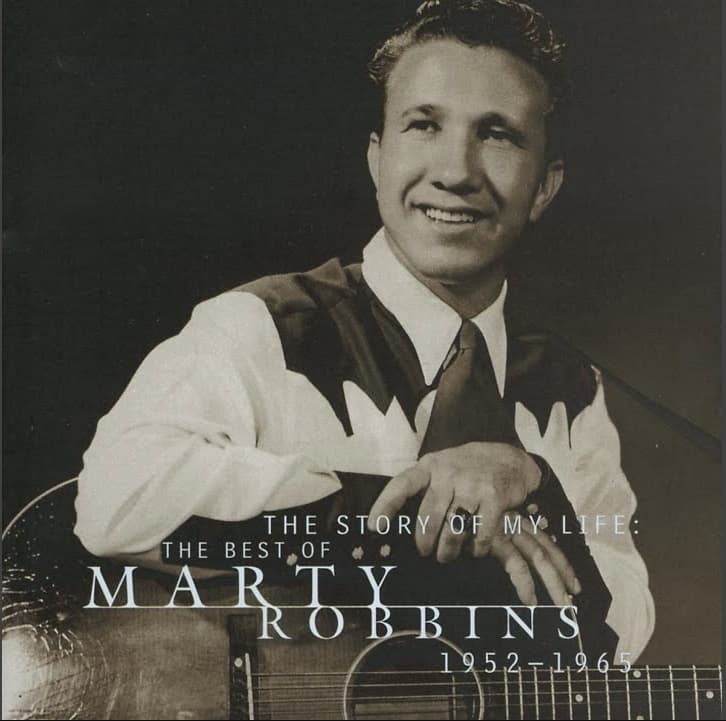
The Heartbreaking Irony of “Singing the Blues”: A Tearful Smile in the Face of Loss
There are songs that simply fade with time, and then there are those cherished few that act as a time machine, instantly transporting us back to a specific era—a simpler time, perhaps—where the heartache felt profound, but the melody was sweet enough to ease the sting. “Singing the Blues,” as performed by the effortlessly smooth Marty Robbins, is exactly that kind of treasure. This 1956 recording, with its deceptively bouncy rhythm and twinkling, lighthearted arrangement, stands as a quintessential piece of the mid-50s musical landscape, a perfect bridge between traditional Country and the blossoming Pop sound.
What makes Robbins’ version so historically significant, and a source of such fond recollection for those of us who remember the era well, is its incredible success and its often-overlooked position as the original recording. While many came to associate the tune with Pop crooner Guy Mitchell’s near-simultaneous hit, it was Marty Robbins who first brought composer Melvin Endsley’s sorrowful yet jaunty tune to life. The results were nothing short of spectacular: Marty Robbins’ recording spent a phenomenal 13 weeks at the number one spot on the US Country charts. This wasn’t just a hit; it was a phenomenon, and crucially, it became Robbins’ first crossover success, peaking at number 17 on the prestigious US Pop chart. For a young country artist, this was a monumental achievement, signaling his arrival as a star capable of charming listeners far beyond the Grand Ole Opry.
The story behind the song is one of straightforward, earnest heartbreak, wrapped in a musical shell of sunny optimism—a clever, almost ironic juxtaposition that makes it so enduring. The lyrics tell the tale of a man who has lost the love of his life: “Well, I never felt more like singin’ the blues / ‘Cause I never thought that I’d ever lose / Your love dear, why’d you do me this way.” This is the core meaning of the song: a deep, aching lament of abandonment. The singer is overwhelmed by gloom—everything is “wrong,” the “moon and stars no longer shine,” and he’s left with “nothin’ left for me to do but cry-why-why over you.” Yet, instead of a slow, mournful traditional blues arrangement, Robbins delivers it with a catchy, lilting tempo and a relaxed, almost nonchalant vocal style.
This cheerful musical backdrop against devastating lyrics is the emotional genius of the track. It evokes that shared, universal feeling of trying to keep a brave face on when your world has collapsed; putting on a smile for the world while your heart is truly “singing the blues” inside. For an older generation, it’s a reflection of resilience, the way we all learned to carry on, to find a rhythm even when everything feels off-key. It’s the sound of stoicism—a tear wiped away with a quick, rhythmic nod of the head.
While Marty Robbins would later become synonymous with his dramatic, cinematic Western ballads, particularly his signature song, “El Paso,” it’s tracks like “Singing the Blues” that showcase his versatility and his early mastery of the mainstream pop-country sound. It reminds us of a time when a simple, well-crafted song could transcend genre lines and capture the attention of an entire nation. It’s a beautifully nostalgic piece, a heartfelt goodbye that somehow manages to feel like a cheerful hello, cementing Marty Robbins’ status as one of the great performers of our time.